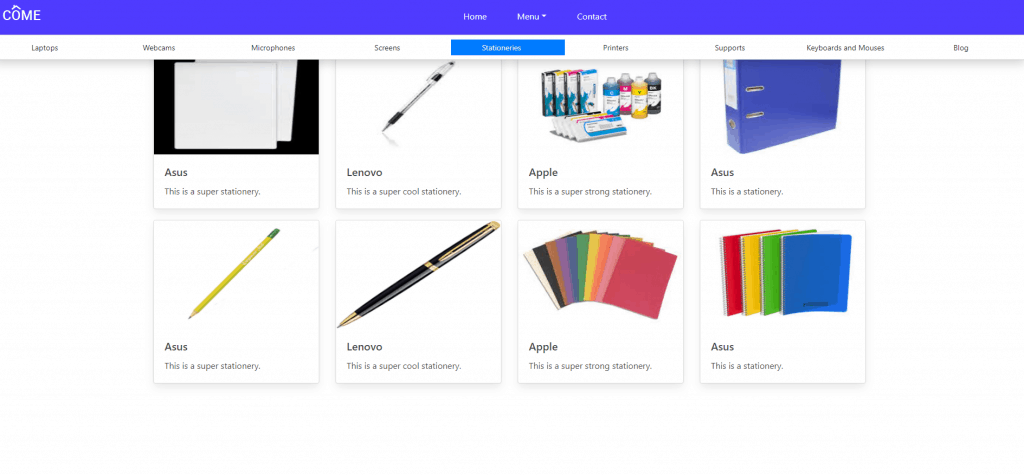The official meaning of “Webathon” is “a fundraising event carried out by means of the World Wide Web” which runs on a 2-day workshop basis. The students were given one class to prepare all the necessary materials & assets for the main event for which they were divided into 9 groups.

During this class, they concluded on a company name/description, target audience, required materials and assets, design prototypes as well as the technologies that they would be working with. The main Webathon event then followed on the 8th of December and each individual group had to put their designs and ideas into practice by developing a website in a 3-hour heavy coding session. From 1pm until 4pm, the groups were working on their websites with the necessary help provided behind the scenes by their tutors, and then after the time ran out, each group had to present to a small judging panel.
The judging panel consisted of Erika Volodko, Mary Gordon, Jeanne LeCorre, & Kate Molloy who decided on the winner based on the overall completion of the project and creativity.
What is interesting about this specific class is that there are two different groups involved in the Front-End Web Development module: Digital Communications & Web Development. All students were given a choice to be in either a UI/UX focus group or Coding Complexity. Based on the focus groups, the teams were divided and named to suit their focus area for example:
UI/UX focus group team names: Indigo, Emerald, Crimson, Sapphire, Citrine
Focus group description: Focus on the overall design, layout, harmony between the colour scheme, fonts and layout used Coding Complexity. Group team Names: Hex Clan, Hypertext Assassins, Runtime Terror, Data Pirates
Focus group description: Focus on the overall complexity of the code, interactions and libraries/frameworks used.





Each team was set up in a separate channel on Slack to discuss their tasks and share materials, and during the class, they were allocated to Breakout Rooms on Zoom to work together virtually. I had another tutor on board to assist the Coding Complexity group George Blanaru and between the two of us, we joined specific groups if they needed assistance. We were also a part of each team's channels on Slack where we communicated and monitored student engagement.
Considering that this was an online event, it was hard to manage and make sure that each group was doing ok and asked for help if any errors occurred, so every 30 mins or so we joined individual groups just to drop in and ask how they were getting on.






